Why Is Healthy Food So Pricey?
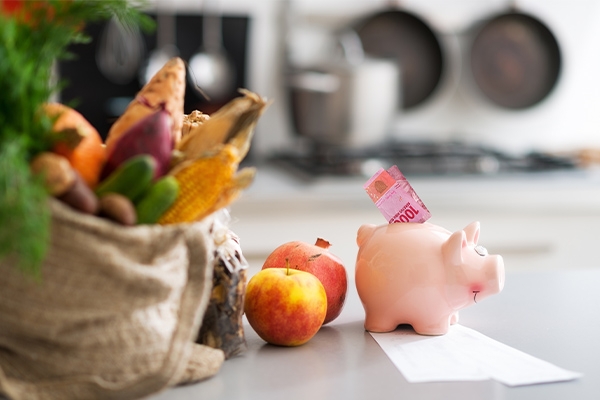
Each serving of healthy food costs around IDR 50,000. However, each serving of instant noodles costs IDR 10,000. Have you ever wondered why healthy eating is so expensive?
"Healthy food is so pricey," many people complain.
But, wait! What kind of food are we discussing right now? Is it the type of food served in five-star restaurants? Is it the fresh food available in supermarkets?
Let's make sure we're on the same page. What exactly does "healthy food" imply? It is a nutritious food that the body requires to stay healthy. It must, of course, be nutritious, fresh, and safe.
Is it true that healthy food is expensive?
Healthy food has consistently cost more than unhealthy food since 2002, according to research conducted in England. In that study, 39% of respondents ranked price as the most important factor in food selection. Surprisingly, only 9% of those polled considered food quality to be the most important criterion.
Harvard University researchers discovered the same thing! A healthy diet (fruits, vegetables, and fish) costs significantly more than an unhealthy diet (processed food). Calculations show that a healthy diet costs about IDR 22,000 per day more than an unhealthy diet.
Vanderbilt University Professor Kelly Haws investigated how people perceive the relationship between food costs and dietary intake.
Following the findings, some people choose to eat something other than healthy food because it is more expensive. "It is better to eat inexpensive, less-nutritious food. It more closely matches our capabilities," their conclusion.
Beware. The reluctance to buy healthy food because it is considered expensive may appear to be a temporary solution. However, in the long run, it actually invites problems.
Misconceptions about food prices, for example, are hazardous to our future health. As the number of chronic diseases increases, so does the annual cost of healthcare for that individual.
The reasons behind the high cost
1. Season
Some fruits and vegetables are only available during certain seasons. They develop at specific times. Red onions and strawberries, for example, are rare and in high demand when they are not in season.
2. Region
Some food sources are only found in specific areas. We can mention Sulawesi butter avocados and Papua matoa. As a result, prices in other areas are higher than in their original areas.
3. Climate
Food quality is influenced by the weather. Prolonged droughts or nonstop rainy seasons complicate farming and increase the risk of crop failure. As a result, food sources that survive are highly valued.
4. Fertilizer
Fertilizer promotes plant growth. It is required for the growth of fruits, vegetables, and feed crops. The quality is more assured. However, high-quality fertilizers have higher costs, raising the final product price.
5. Transportation
Producers need to spend more money to transport food from specific regions. Furthermore, if the origin and destination are far apart, it is critical to use a mode of transportation that maintains food freshness. If the price of gasoline rises, so will the final price.
6. Population Growth
Human population growth raises food demand. In economic terms, this is referred to as high demand and low supply. It occurs when the demand for a product increases but the product is limited.
Producers usually raise the price of their products. One of many reasons is the product's scarcity. Producers understand that the product will continue to sell because it is required.
7. Not Mass Production
Farmers cultivate in accordance with the agricultural land's conditions. Farmers raise animals in proportion to the size of their farms. They must carefully consider the resources needed to turn a profit.
8. Storage Costs
Fresh food is prone to spoilage. This is what distinguishes store and market selling prices. Refrigerators are used to keep food fresh in stores. These necessities cost 25% of the store's total cost. To compensate, the store will naturally charge customers a higher product price.
9. Short Shelf Life
Organic food has a relatively short shelf life. Unlike processed foods, which contain preservatives and chemicals to keep them from spoiling, organic foods spoil and become damaged quickly. In other words, because they are safer and healthier for us, these foods have a higher perceived value.
Healthy eating on a budget
Don't worry. We can still eat well. Here are some of our suggestions:
1. Be mindful of portion sizes
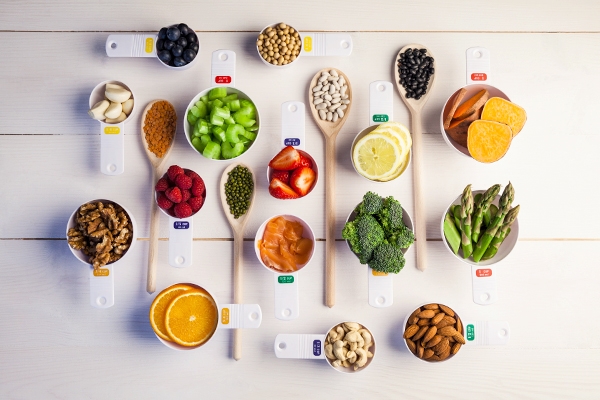
It is true that 120 grams of chips (IDR 21,000) are less expensive than 1 kg of Fuji apples (IDR 25,000). But which is better for your long-term health? You know the answer.
2. Make a meal plan
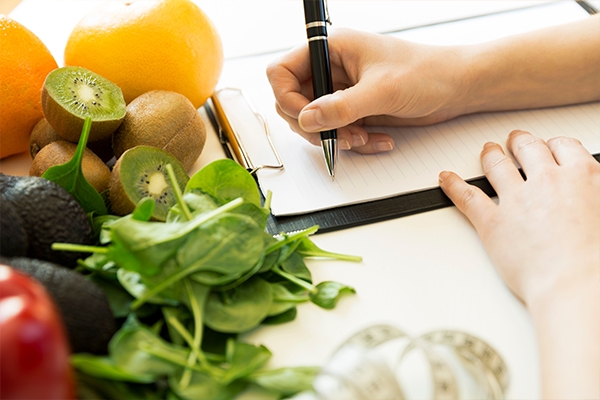
Make a weekly menu plan. What are you planning to eat this week? Create a shopping list as well. This allows you to determine what products you want to buy and your shopping budget.
3. Consume seasonal foods
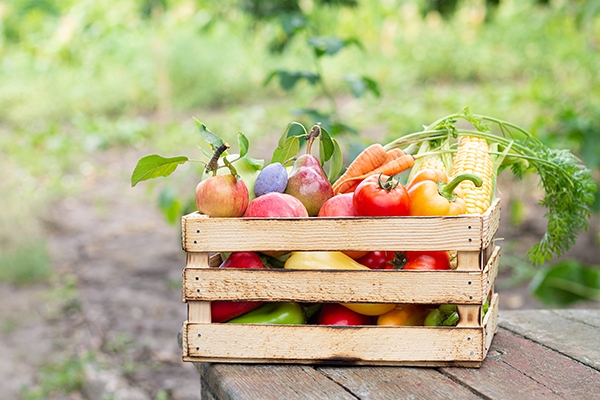
Seasonal produce costs less than non-seasonal produce. Why? Seasonal products are picked when they are fully mature. Seasonal fruits and vegetables are also more yummy!
4. Consume different proteins
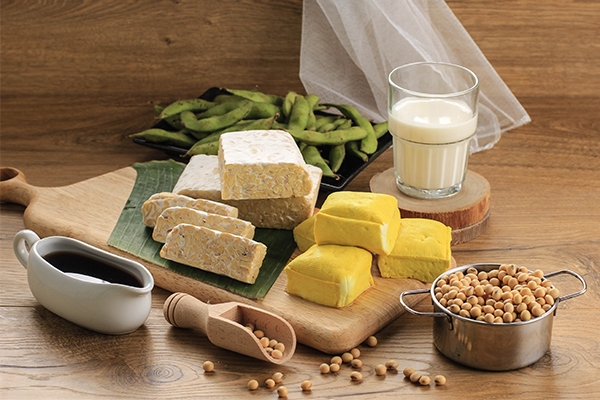
Meat, fish, and chicken are not the only sources of protein. Protein can be obtained from plant too. It is worth noting that plant protein is less expensive than animal protein. Plant proteins rich in fiber, vitamins, and minerals include nuts, beans, tofu, and tempeh.
5. Purchase in bulk
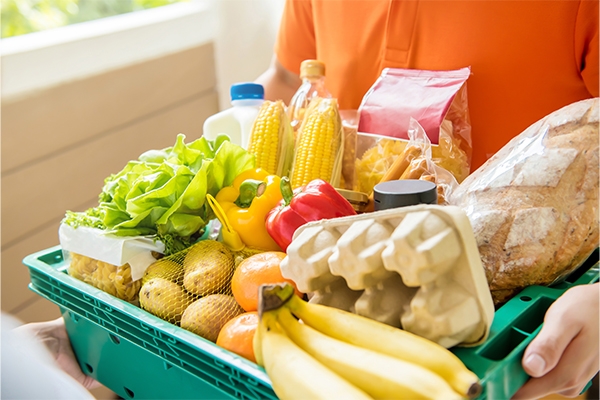
Prices for bulk foods, such as nuts or grains, are typically lower. Purchase large quantities of foods with a shorter shelf life, such as eggs, meat, or milk.
6. Store food properly
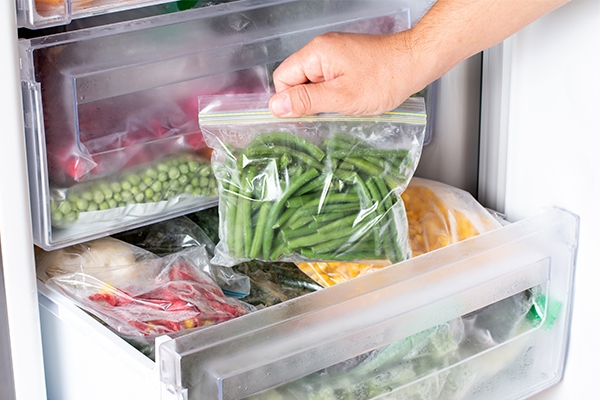
Food lasts longer if stored properly, for example, by storing milk or meat in the fridge. If raw meat is stored in the refrigerator, separate it from other foods. Raw meat contains various types of bacteria that can contaminate other foods.
7. Consider food portions
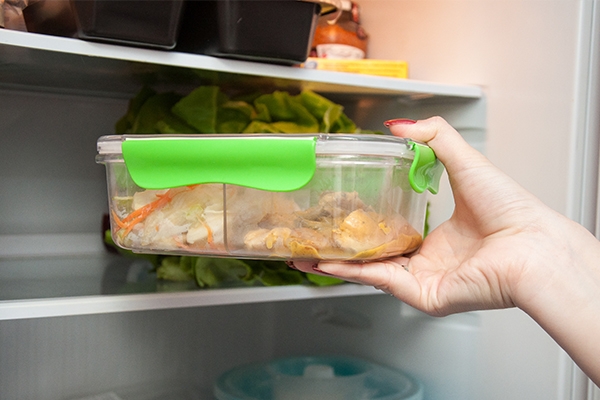
Soup or boiled eggs are examples of foods that can be stored or shared and eaten again later. Refrigerate them. However, make sure to separate them first. This food can be consumed for another 2–3 days.
8. Prepare food at home

It is preferable to prepare food at home rather than eat out or buy packaged food. You can manage your food budget with this. You will also have complete control over what we eat.
9. Reduce your use of oil
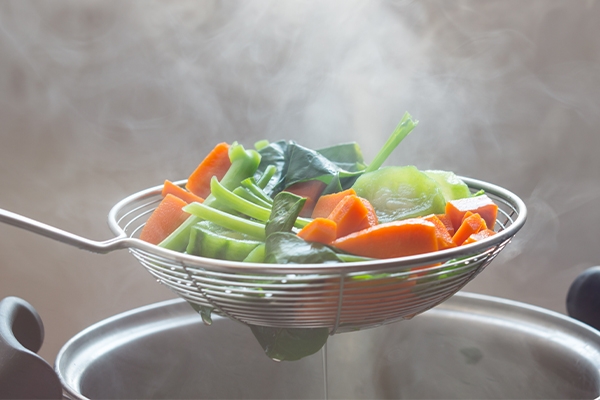
Consumption of fatty foods raises the risk of obesity and heart disease. It is preferable to consume foods that have been boiled, baked, or mashed. Alternatively, substitute margarine, coconut, or olive oil for the oil.
The mentioned points are what drive up the cost of healthy food. However, eating nutritious food does not have to cost a fortune. Traditional Indonesian dishes like pecel, gado-gado, and vegetable soup are actually less pricey and healthier.
"You are what you eat."
Healthy food does not have to be pricey. More expensive does not always imply better quality. Shop with caution. Check that the food you eat is clean and nutritious!



